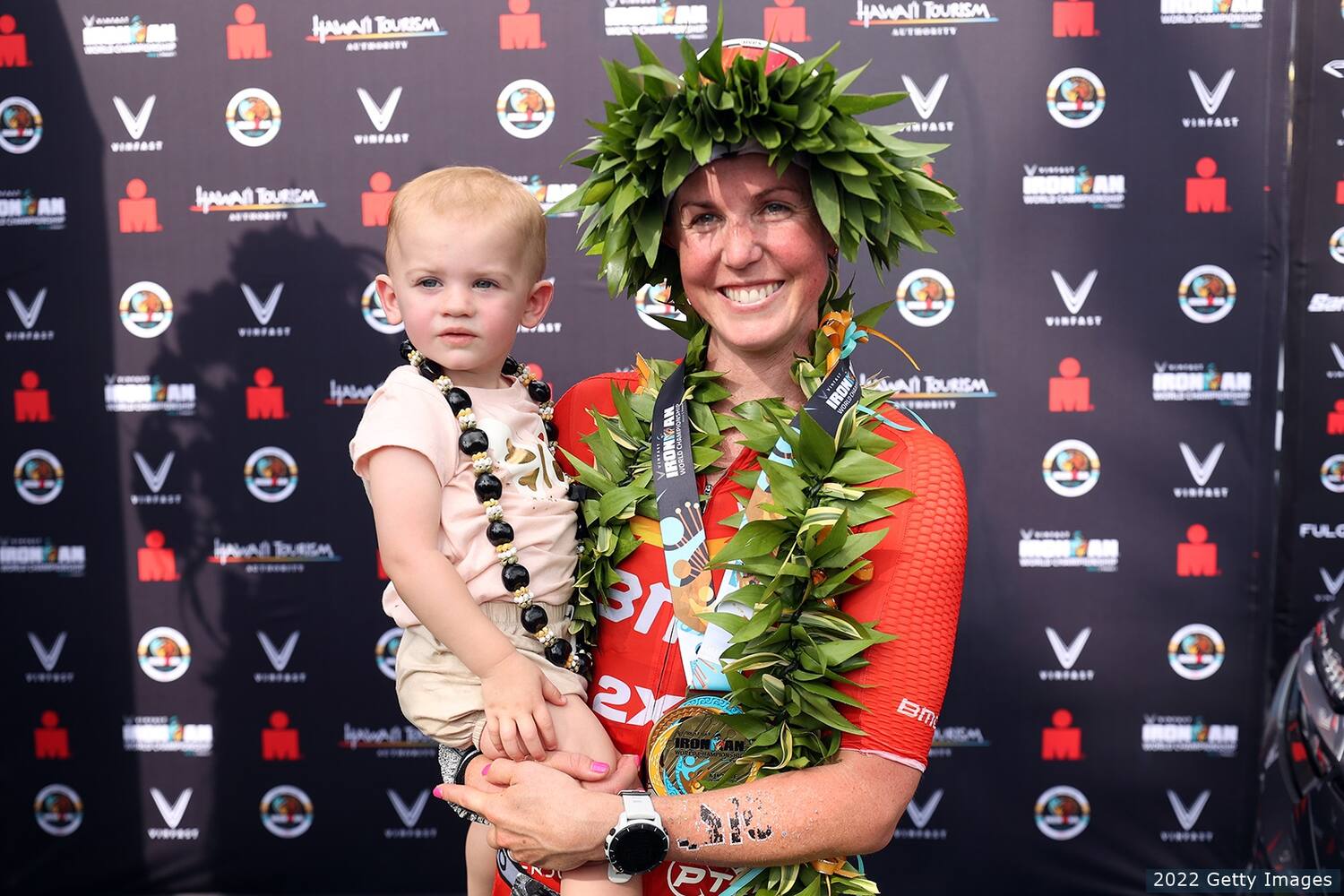It's Time for the Moms: Why Chelsea Sodaro’s IRONMAN World Championship Win Was a Win for Moms
by Kelly O'Mara
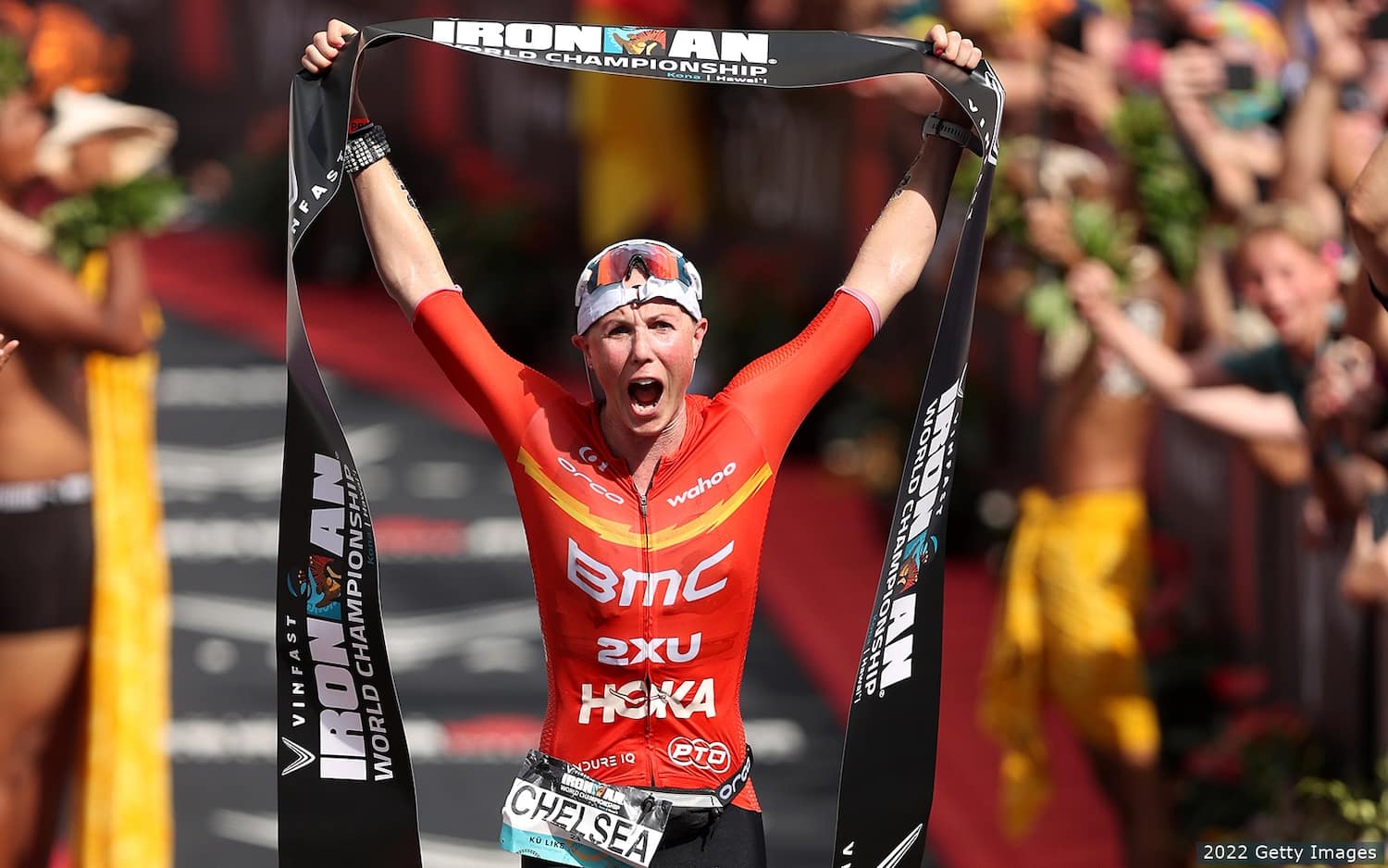
This article originally appeared in the Winter 2023 Issue of USA Triathlon Magazine, in January 2023.
In October, when Chelsea Sodaro crossed the finish line at Kona in 8 hours and 33 seconds, she became the first woman from the United States to win the IRONMAN world title in 25 years, the first “rookie” to do so since 2007, and the first new mom. After she broke the tape on a historic women’s race day, Sodaro threw her arms up, looked around in disbelief, and walked straight to hug her husband, Steve, and their young daughter, Skye.
“This is the culmination of things being right in my life, but the greatest gift at the finish line is my little 18-month-old,” she said to the crowd. “This is a family operation. Making this work is really freaking hard, so this is for them.”
In the days after, it became a theme. “I can’t tell you how many athletes used their precious breath during the marathon to yell ‘do it for Skye, do it for the moms,’” Sodaro said in her awards banquet speech.
It’s not that there haven’t been parents on the top step before. Natascha Badmann picked up the sport when her daughter was 12 and started winning her six world titles a few years later. Nicola Spirig took silver at the 2016 Olympics when her first kid was 3 years old (and then came back again to top-level Olympic racing after having two more kids). In recent years there have been more and more mothers returning to racing: Meredith Kessler, Rachel Joyce, Mirinda Carfrae, Sarah True.
But it’s still rare. And for the postpartum moms, the new moms, the moms-to-be — those watching on the sidelines in Kona, competing in the same race, or yelling at their laptops back at home — it meant more than they could explain to see the 33-year-old Sodaro decked out in her championship lei and holding her young daughter.
Why was winning the IRONMAN world championships just 18 months after giving birth such an unheard of feat until now?
“No, it’s a good question,” laughed Sodaro, when I asked her a few weeks later: What exactly makes winning postpartum so hard? “I didn’t fully appreciate the gravity until I was in it.”
She had plans to get back to racing right away, to qualify for the 2021 Collins Cup, and then race it just five months after giving birth. She pulled it off, but then she got injured and sick, and struggled with postpartum anxiety and energy levels and childcare and illness, and it was just so hard to manage it all. It’s one of those things you think will be easier than it is until you actually do it.
But ask Sodaro, or Sarah True, who took the IRONMAN Lake Placid course record earlier this year after giving birth to her son last July, or Olympic medalist Katie Zaferes, who is just six months postpartum and working her way back to training, or ask any age-group mom who’s returned to triathlon and they’ll all tell you: It’s very hard and it’s hard for many reasons.
First, there are the literal physical challenges of giving birth and then returning to elite training.
“We really had no blueprint,” said Sodaro. Her coach, Dan Plews, and she worked together to come up with a plan to first start exercising small amounts on an indoor trainer and in the pool, then finally adding in running about six weeks postpartum.
Both Zaferes and True went completely by feel during pregnancy and after birth — only doing whatever they felt like doing. True actually stayed loose in her workouts all the way up until this past spring — getting in just eight weeks of serious training before her first race. “I didn’t want to force it,” she said. She wanted to be mentally refreshed and ready to come back. “This is all 100% fun and bonus for me.”
Working with a pelvic floor physical therapist is key for most athletes looking to manage pelvis issues after the hips and ligaments loosen during pregnancy. For some women, pelvic floor failure and the accompanying pain and incontinence can make returning to sports nearly impossible. The physical trauma of pushing out a baby can also vary widely, and if the degree of tearing requires extended recovery then that will of course slow any return to activity. Plus, if a C-section or any complications involve surgery or medical intervention, then the physical return would also be longer.
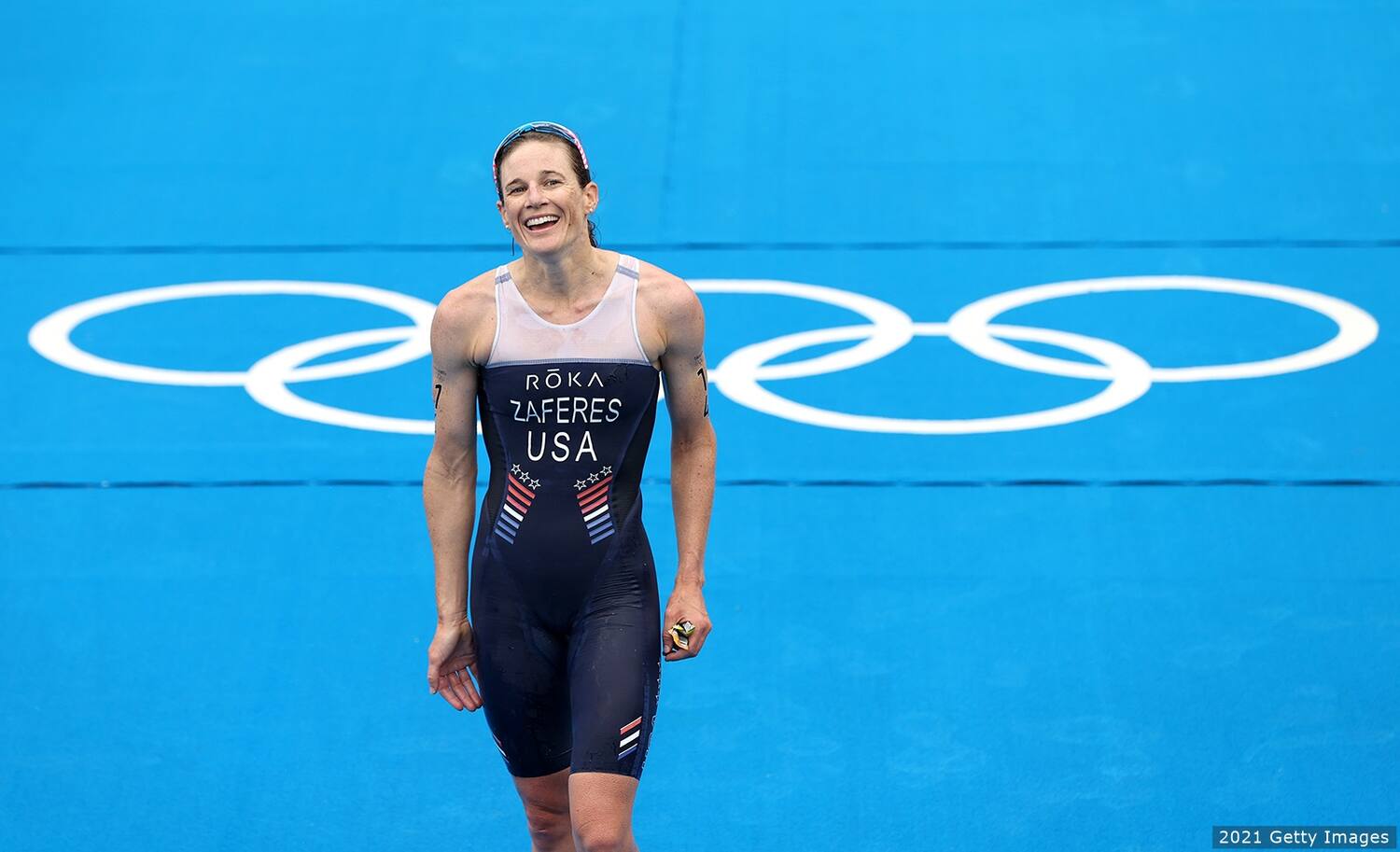
But for all three pros, with the help of other athletes and experts, the first part of returning to exercise and ultimately to training went as smoothly as could be hoped for.
The second challenge, though, wrapped up in those physical obstacles, is the ongoing hit to your recovery and energy.
Five months in, Sodaro had a stress reaction in her fibula that took her out of 70.3 Worlds. Breastfeeding, which burns about 500 additional calories a day, and sleep deprivation added to her overall energy deficiencies. That combined with foods she had cut out from her diet due to Skye’s allergies. She eventually had to stop breastfeeding at seven months; “I couldn’t stay healthy,” she said.
True showed up to Kona still sick from a virus her son, Haakon, had brought home and she ultimately pulled out and DNF’d. (Her husband, Ben, a pro runner, was forced to pull out of the New York City Marathon after they both picked up another illness from daycare.) “I didn’t expect so much racing to be derailed by child viruses,” she said.
When you’re used to focusing on training and then recovering as your job, the hit to your sleep and your energy levels can be simply too much.
That gets magnified by the third major mom obstacle: the incredibly difficult logistical complexities of childcare and managing a small person.
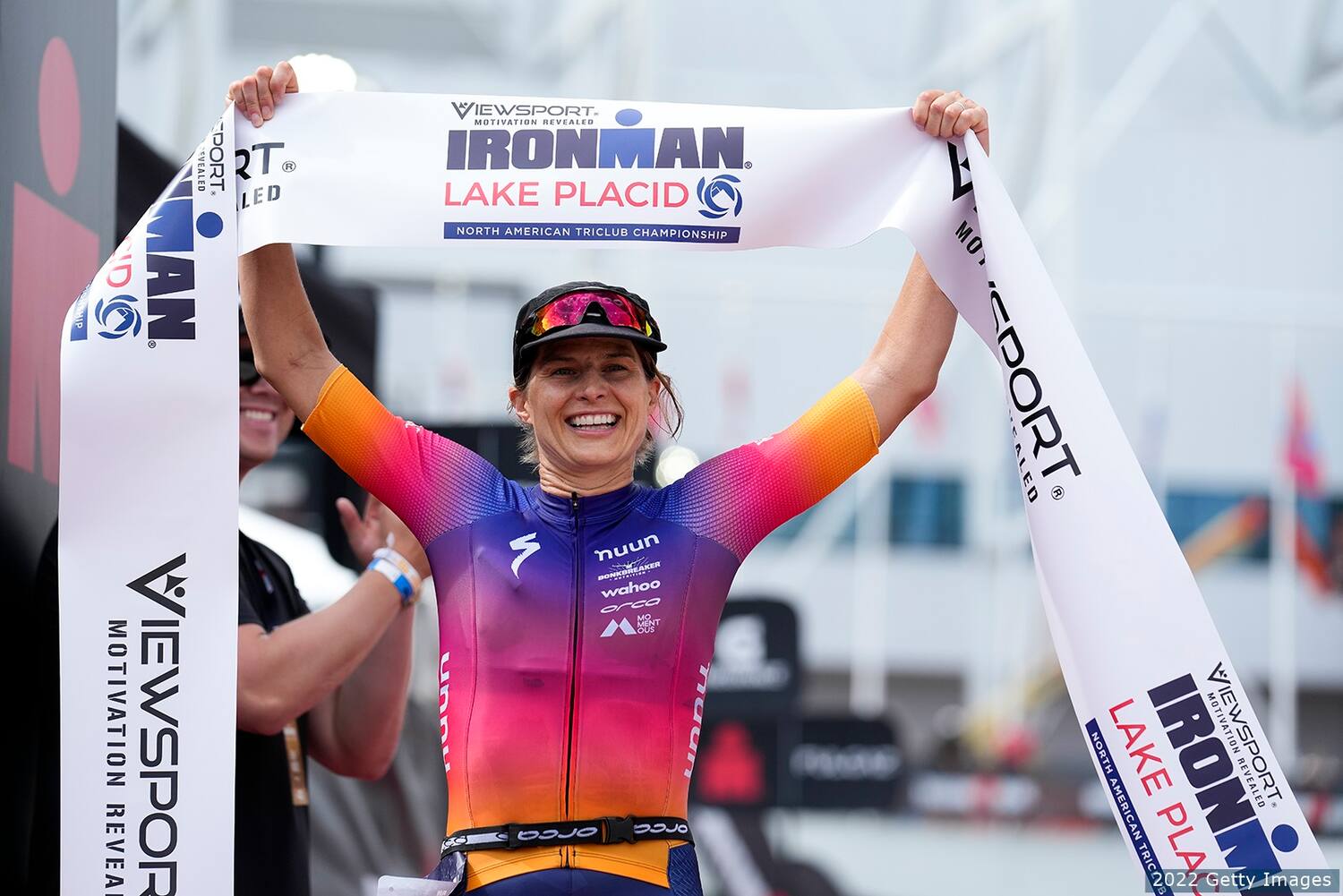
“The hardest thing has been childcare,” said True.
Sodaro agreed — she’s currently on the waitlist for three or four daycares in town. For big training camps, her parents live about three hours away, but with her husband, Steve, working on around-the-clock shifts as a firefighter, the day-to-day logistics can just be overwhelming.
“Any dark moments I experienced on the Queen K pale in comparison to the darkness I have felt at times while trying to navigate new motherhood and my job,” she said in her Kona awards speech.
There’s a reason all the new pro moms in triathlon have talked to each other. It’s because there aren’t that many of them. They need to share tips and encouragement. Zaferes said True and Sodaro and Spirig all reached out to help with support. She texts a friend, too, who lives nearby and was an Olympic open water swimmer; they swap babysitting and training duties.
“Everyone’s kind of finding their own way to make it possible,” Zaferes said.
Her plan before had been to move into longer distance racing after having a kid. That’s what most people do, that’s what she had seen as a model. “There are fewer examples of women coming back to ITU after having a baby,” she said, but then she started getting back into light exercise and thinking about it. And she loves draft-legal racing, her friends, her job, her husband, Tommy, working as a photographer at races. “Why do I think I can only do long-distance?” she asked herself.
Partially, it’s simply a question of not knowing what’s possible until you see someone else do it. Partially, it’s a matter of making it through all the challenges of getting back to elite performance generally — and some athletes want to make the choice to focus, instead, on new roles in their lives. Partially, though, it’s also the systemic policies and support in the sport: rankings and points going away, sponsors cutting contracts, even deferrals of race entries expiring during pregnancy.
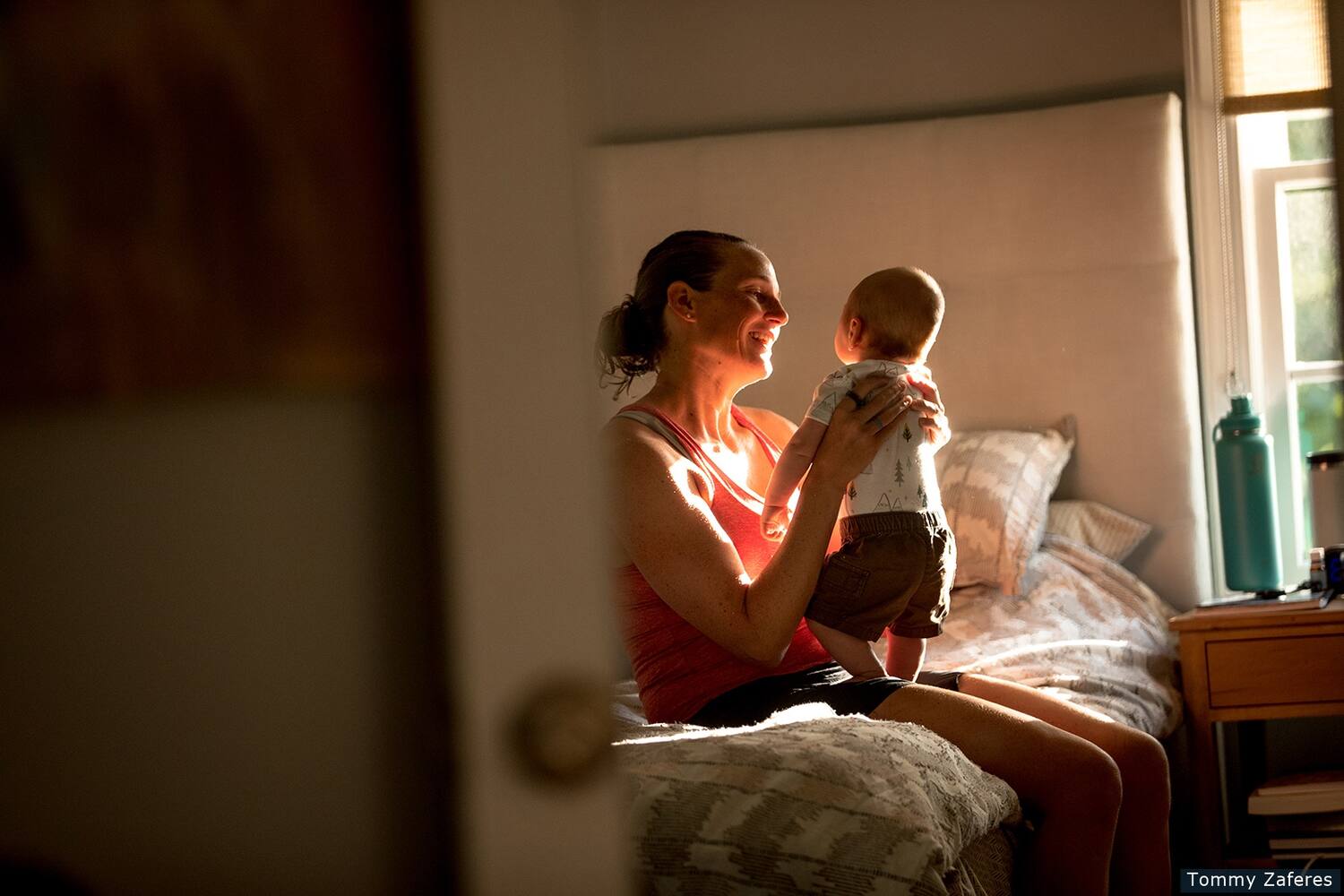
To that end, Zaferes will likely be the first athlete to now take advantage of the new World Triathlon policy that will freeze a pregnant athlete’s ranking to allow to them to get back on start lines postpartum. “I also want to share with him [son, Kimble] the experience of what triathlon has given me,” she said.
Sodaro benefited from the Pro Triathletes Organization’s supportive maternity policy. Organizations like &Mother have also brought lactation stations and sponsored childcare to running races, which could now be expanded to triathlon. Doing it all requires a supportive partner, supportive family and friends, supportive companies and brands, and supportive race directors and organizations.
“I am dreaming of a day where more women and more mothers have the opportunity and access to become a part of our community. Anything really is possible,” Sodaro said at her Kona awards speech.
She almost didn’t make it to the race, though. Sodaro was ready to quit triathlon more than once. It wasn’t until early summer that she even started to feel like herself again. And then she went to Europe for a solo training block with Skye, and it was overwhelming. She raced badly at the Collins Cup, came back and got the flu, Skye got croup and they ended up in the ER. She was supposed to go to a two-week Kona training camp — her dad would come to sag all her rides and her mom would watch Skye — and she almost didn’t go.
But her husband told her just to go and even if training didn’t come around, at least she could take a vacation in Hawaii. She needed it.
Training did come around, though. She was able to fully focus on her job and feel like herself, like an athlete again, like a person with her own needs and desires and abilities—something she wants her daughter to be able to have too, to be able to be whatever she wants to be. “You shouldn’t have to sacrifice your entire personhood,” she said.
“I think we’re just tired of being told that we can’t do this,” she said, Or that we have to do it at the end of our careers, or that we can’t do short-course Olympic racing as a mom, or that we have to hit certain performance criteria on someone else’s timeline, or that motherhood has to look only one kind of way. It’s time for the moms."
